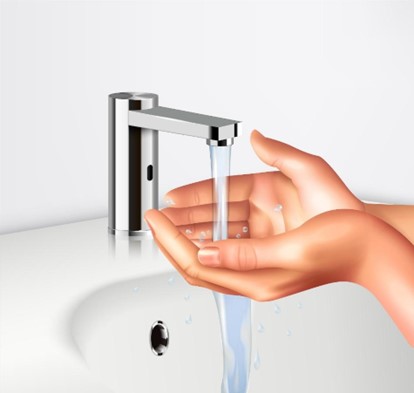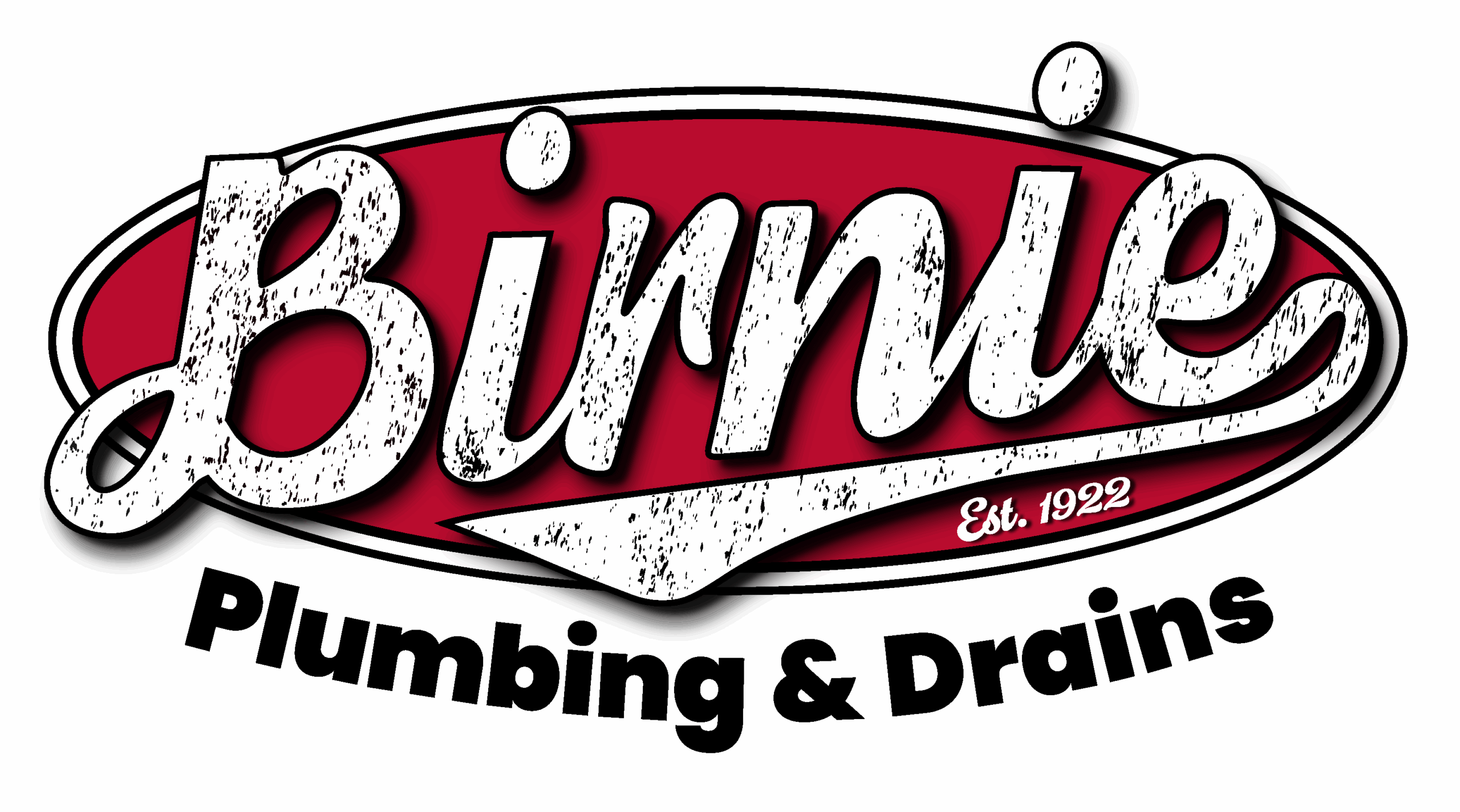Eco-Friendly Plumbing: The Future of Our Homes

As a species, we are now more invested in protecting the environment than ever before. Since water usage is a crucial part of human life, we naturally want to minimize the potentially negative effects of water usage on the planet. This is where eco-friendly plumbing comes in, which can minimize the water we waste, protect the planet, and leave a few dollars more in the wallet!
What Is Eco-Friendly Plumbing?
Eco-friendly plumbing aims to minimize water waste to preserve arguably our most precious natural resource. We accomplish this through eco-friendly water appliances and water systems, as well as checking your system and fixing any leaks that would otherwise waste water! This isn’t only good for the environment, but it also lowers your monthly utility bills!
How Does Eco-Friendly Plumbing Benefit You?
Aside from protecting the environment, eco-friendly plumbing does two great things for you, the everyday user. First of all, you can expect lower utility bills! Most eco-friendly plumbing systems (which we’ll get to later) are based on lower water consumption than average systems. Lower water consumption equates to less expensive water bills! We also have to talk about energy efficiency, which also plays a significant role in your monthly utility expenditure. Energetically efficient homes are cheaper than inefficient homes and guess what – eco-friendly products and systems are more energetically efficient than regular products and systems.
The average new Canadian home uses about 30,278 kWh of energy throughout the course of a year. Most of it goes to space heating, but the second most significant cause of energy expenditure is water heating, which can be controlled through eco-friendly water heaters, which once again results in lower utility bills!
Features of Eco-Friendly Plumbing Systems
What are the exact features of an eco-friendly plumbing system? First of all, we have minor features such as certified green dishwashers, which use up to 12% less energy than regular dishwashers. This alone will go a long way towards wasting less water in the kitchen. Then, we have low-flow fixtures. Flow rates differ from one fixture to the other, and if we take a showerhead as an example, we can say that a flow rate of fewer than 5.7 litres per minute is considered eco-friendly (they’re often called water-saving showerheads). We can use a similar approach to toilets, as low-flow toilets use as little as 4.8 liters per flush, saving water. There are also faucet aerators that deliver between 3 and 5.7 litres of water per minute, ensuring you don’t waste too much water.
Combining these with sensor faucets is an even better idea. Although we usually see them in malls and restaurants, sensor faucets turn the water off whenever your hands are out of range, thus preventing water waste. If you think about it, we often leave the faucet on ‘for just a few seconds,’ but once those seconds add up, it turns out we waste a few minutes of water daily through the faucet alone.
Speaking of showers, one of the biggest concerns about showers is warm water. Taking a cold shower is uncomfortable and sobering, and many people worry that modern, eco-friendly water heaters are slow at heating water up. This is absolutely untrue. Water heaters nowadays have no trouble heating up enough water, and combined with a water-saving showerhead, you won’t even be able to waste enough water while showering for it to get cold. When buying a water heater, look for the ENERGY STAR certificate, which guarantees the water heater’s efficiency.
Finally, an often-overlooked aspect of eco-friendly plumbing is checking your pipes. Before installing all of this, you might want to think about checking your piping for leaks, as that also qualifies as wasting water. Although most homes don’t have issues with cracked pipes, leaks are more common than you’d think. For example, Ontario municipalities estimate a leakage rate of at least 10%, while experts who conducted the assessments believe the rate could be as high as 40%. Toronto, in comparison, reports an annual leakage rate between 10 and 15%. If you’re planning on revamping your plumbing system and turning it completely green, having your pipes checked (and patched up or replaced) before you proceed to further investments would be a smart move.
Aside from the mentioned features, there are also some advanced options, such as connecting solar connectors and having them power your eco-friendly water heater. That way, you’d save on both water and electricity, but those are more expensive options to keep in mind.
If you’re interested in eco-plumbing products and water appliances or want your plumbing system checked for leaks, feel free to get in touch with us, and we’ll help you out as soon as possible!

